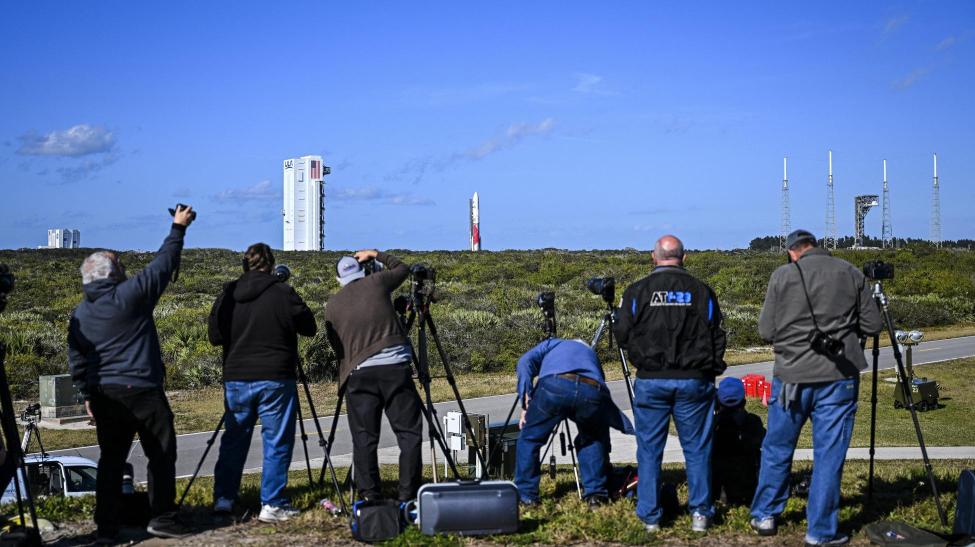The first United States commercial robotic mission to the moon with NASA payloads encountered an 'anomaly' shortly after liftoff. The mission, utilizing the United Launch Alliance's Vulcan rocket, included payloads to study the moon's surface in preparation for the Artemis missions. Launching from Cape Canaveral Space Force Station, the rocket's engines and boosters propelled the Peregrine lunar lander into space. Despite a smooth takeoff, the mission ran into trouble with the Peregrine lander, losing its stable Sun-pointing orientation, which is now being addressed by Astrobotic Technology. If the technical issues are resolved, the Peregrine lander will attempt a moon landing on February 23 to collect lunar surface data. The Vulcan rocket also carried Celestis Memorial Spaceflights' 'Enterprise Flight', which includes DNA samples of Star Trek icons and is on a course beyond the solar system. As the situation unfolds, more updates will be provided regarding the Peregrine lunar lander's condition.
What went wrong with the first U.S. commercial robotic lunar mission?An 'anomaly' occurred after launch which caused the Peregrine lunar lander to lose its stable Sun-pointing orientation, impeding its mission to reach and study the moon's surface. The anomaly is actively being addressed by the mission's team in an effort to correct the lander's course for a planned moon landing.
The Artemis Program, under which the Peregrine lunar lander is operating, is NASA's initiative to return humans to the moon and establish a sustainable presence. This mission is crucial for gathering the necessary data to support future crewed missions to the lunar surface. By working closely with commercial partners like SpaceX and Blue Origin, NASA is leveraging the advancements in the commercial space sector to achieve its lunar exploration goals.








Comments
No comments yet. Be the first to comment!